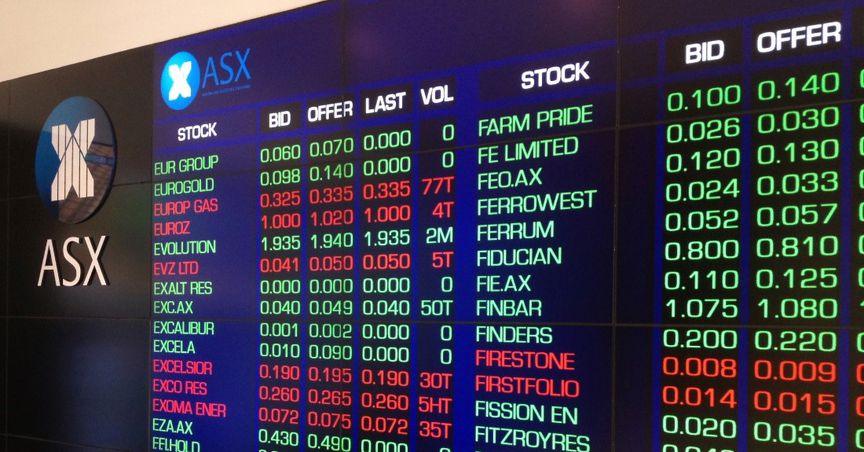Highlights
- Tritium is likely to get listed on NASDAQ soon.
- There are no indications of the EV charging player to appear on ASX despite the Company’s headquarters Australia.
- The last step for Tritium’s public debut involves a shareholder vote on 12 January.
Brisbane-based Electric Vehicle (EV) fast-charging company Tritium is again making headlines. The Company is likely to get listed on NASDAQ soon.
So far, however, there are no indications of the EV charging player to appear on ASX despite the Company’s headquarters being in Australia.
After reporting a record-breaking fourth-quarter result, investors are curiously waiting for the company’s listed future. Now, the last step for Tritium’s public debut involves a shareholder vote on 12 January.
It is believed that the Company is facing months-long shipping delays and a surge in demand in North America, which has witnessed a sharp uptick in the adoption of EVs propelled by Biden administration policies.
Tritium, which struck a deal with a special purpose acquisition Company in last May, more than doubled sales in the December 2021 quarter to a record US$41 million (AU$57 million).
Tritium’s willingness to become a publicly listed company started in May 2021. During a boom in special purpose acquisition companies (SPACs), the Company entered into a partnership with Decarbonisation Plus Acquisition Corporation II (NASDAQ:DCRN).
The two business entities have been working on the merger for Tritium to be taken public. After approximately eight months, the last steppingstone is a shareholder vote on the proposed business combination with Tritium.
As of now, the world’s second-largest fast-charging company has not shared any intention of getting itself listed on the ASX. Rather, Tritium’s future currently lies exclusively with the Nasdaq exchange in the US. This is seen as a reflection of the Company’s composition of sales.
As per the investor presentation, 20% of Tritium’s sales are reported in North America. Comparatively, only 10% of the EV charging company’s sales belong to the Asia Pacific region. Surprisingly, roughly 70% of total sales are made in Europe.





_09_03_2024_01_03_36_873870.jpg)
